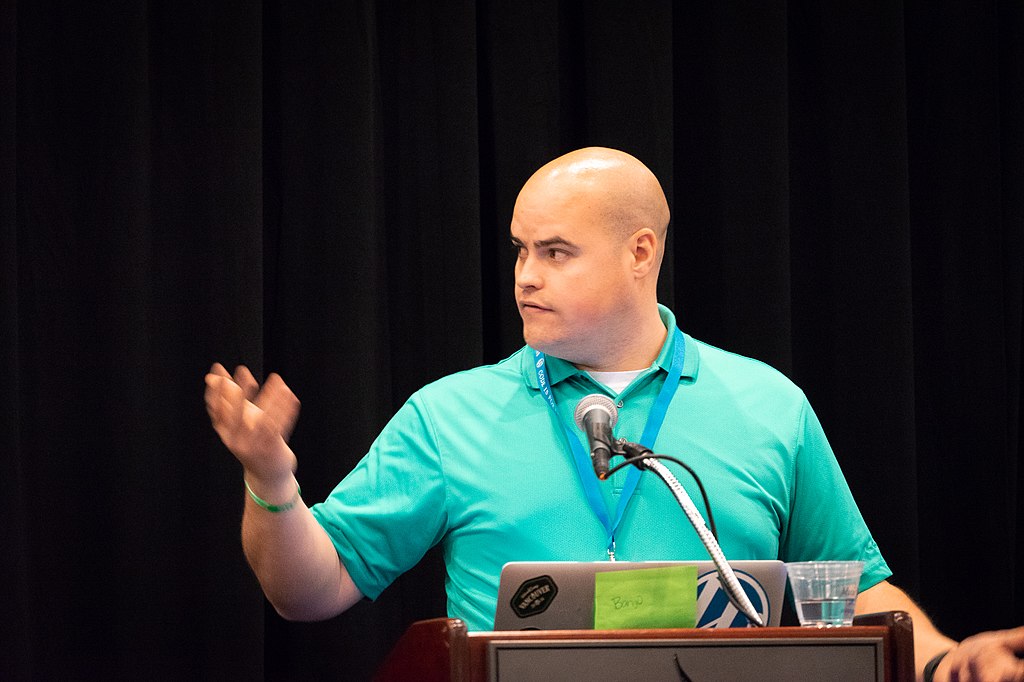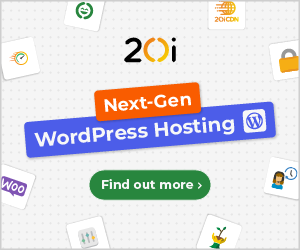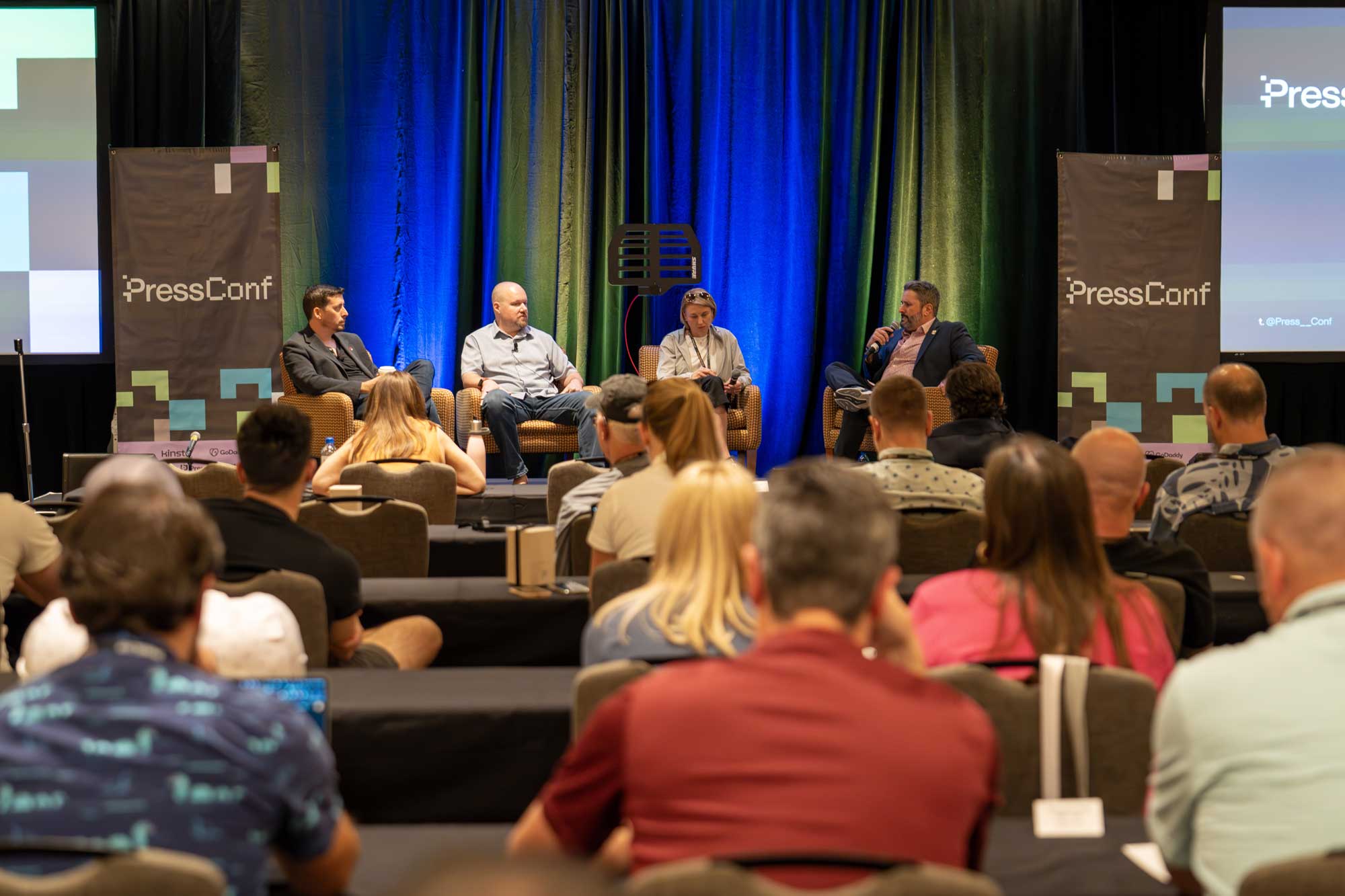WPGraphQL is set to become a canonical plugin at WordPress.org. Its creator and maintainer, Jason Bahl, announced today that after three and a half years at WP Engine, he has accepted an offer from rival hosting company Automattic to continue his work on the project.
Started in 2016, WPGraphQL is a free, open source plugin that provides an extendable GraphQL schema and API for any WordPress site. Essentially, it separates the CMS from the presentation layer, allowing content creators to use the CMS they know and developers to use their preferred frameworks and tools.
In a post on the WPGraphQL blog, Bahl described Automattic as the “perfect home” for the plugin, citing the company’s strong track record supporting open source projects.
“Automattic has a long history of nurturing open source projects used by millions. By becoming a canonical project—similar to WP-CLI, Gutenberg, or the WP REST API before it was merged into core—I expect significant support from Automattic and the broader community,” Bahl said. “I believe this move will bring tangible benefits not only to WPGraphQL users but also to hosts and developers building decoupled WordPress experiences.”
Bahl also addressed the ongoing conflict between Automattic and WP Engine, emphasizing that his move wasn’t an endorsement of Automattic CEO Matt Mullenweg’s recent actions against WP Engine but rather an acknowledgment of Mullenweg’s past contributions to the success of WordPress.
“I believe that bold moves—though uncomfortable—are sometimes necessary to ensure the long-term future of WordPress. As a maintainer of open source software, my livelihood depends on people like Matt, who are willing to keep WordPress relevant in the years to come,” Bahl said.
Bahl said that while he enjoyed his time at WP Engine and the company treated him well, the focus on open source contributions declined during his time there, leading to his decision to leave.
“My time was also reallocated away from WPGraphQL and community projects as internal initiatives took priority. Any company needs to focus on internal growth. Still, I believe there’s a conversation to be had about how that fits into the broader open-source community and whether it supports long-term success,” he said.
“Several other former colleagues and I tried to talk about how WP Engine could better participate in open source, but those conversations didn’t always gain traction. Hopefully, those conversations can begin again. I don’t have the answers, but I do know there is a problem.”
It’s not the first time Bahl has switched employers to prioritize his work on WPGraphQL. In 2019, he joined the Gatsby team to work full-time on the plugin before moving to WP Engine in 2021. At the time, he said that while Gatsby has been generous in funding his work, the company had asked him to start transitioning to working more on other Gatsby integrations. He also said WP Engine was investing in the future of headless WordPress, and WPGraphQL was recognized as an important part of that future.
Bahl’s move to Automattic was welcomed by many in the WordPress community, who praised his commitment to WPGraphQL and acknowledged his tough decision to switch employers.
Matt Cromwell, Senior Director of Customer Experience at StellarWP, posted on X, “I’ve always admired your particular focus on Open Source contributions and maintaining WPGraphQL as your own with an eye toward the best home for growing it. Sounds like you maybe found a forever home now, which is amazing. Well done, Jason!”
Morten Rand-Hendriksen, a Senior Staff Instructor at LinkedIn Learning, also posted, “Your plugin changed how people work with WP, and IMO you should go wherever you believe you’ll get the most support.”
Image credit: Val Vesa, CC BY-SA 4.0, via Wikimedia Commons.








